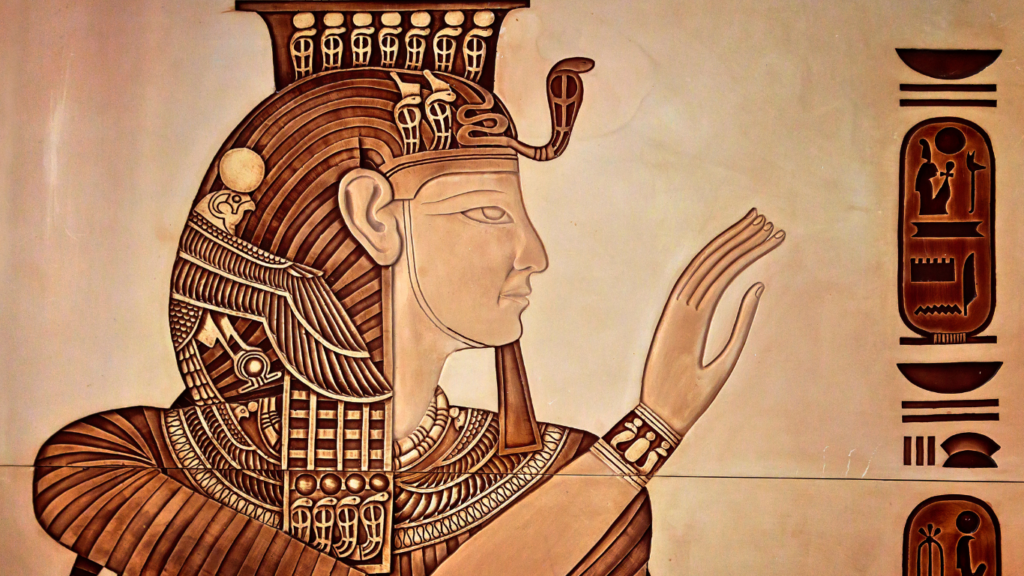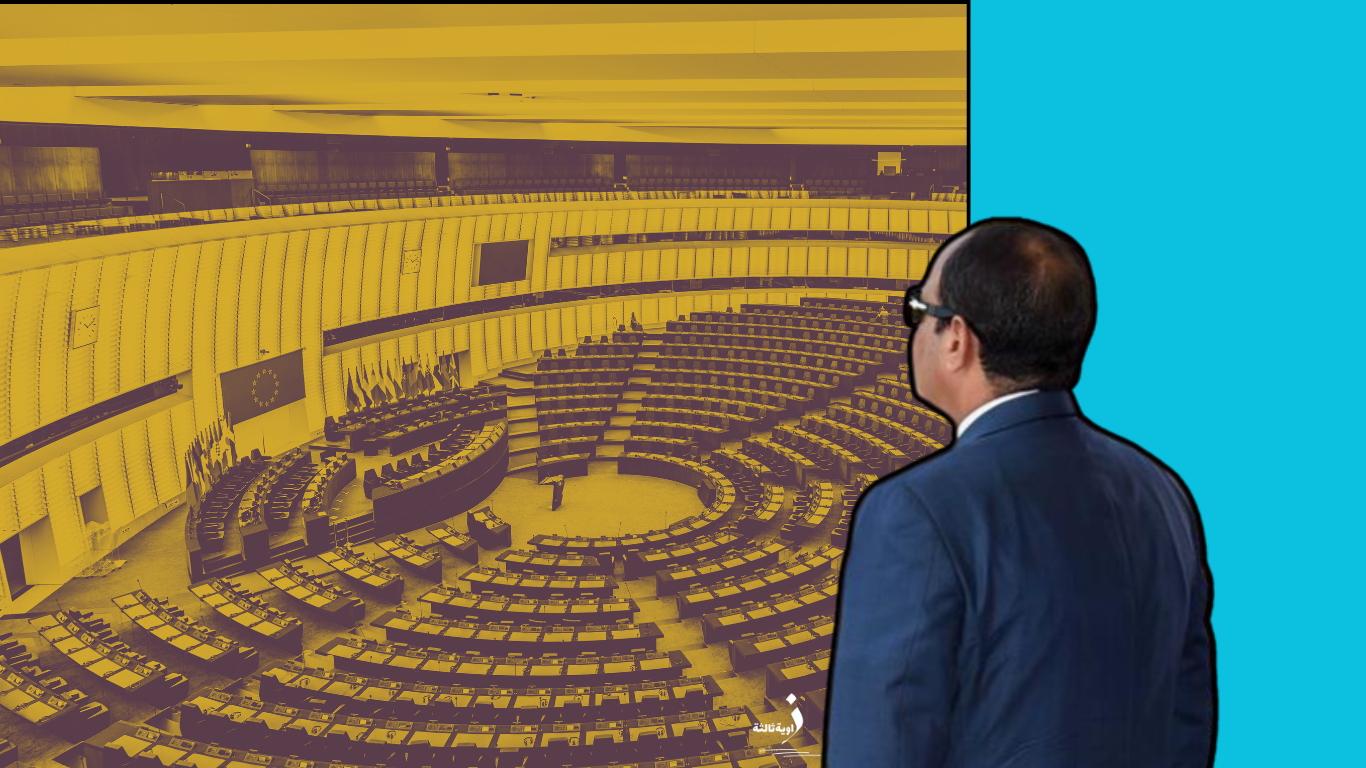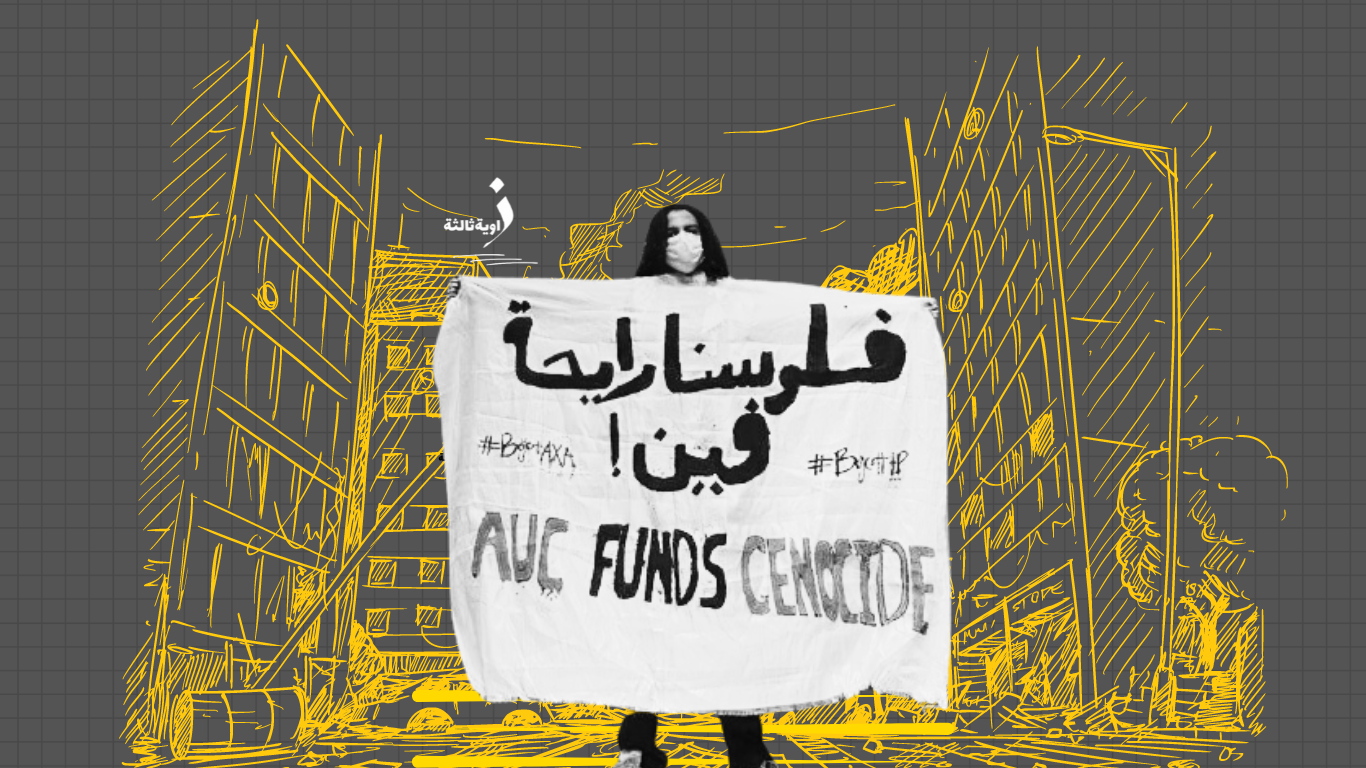The High Scientific Committee, chaired by the former Egyptian Minister of Antiquities, Zahi Hawass, rejected the project to reassemble the granite blocks surrounding the smaller pyramid of Menkaure. This decision came after the discussion of initiating the project sparked controversy and anger among Egyptians in general, as well as among groups of archaeologists specializing in Egyptian antiquities locally and internationally, who emphasized that the project threatens the archaeological value of the pyramids.
The committee, formed by the Egyptian Ministry of Tourism and Antiquities, included a number of Egyptian and foreign archaeology experts to review the restoration project of the Menkaure pyramid, which is the smallest of the three main pyramids of the Giza complex.
Following the committee’s decision, the Egyptian Ministry of Tourism and Antiquities issued a statement affirming “the rejection of reassembling any of the granite blocks surrounding the body of the Menkaure pyramid and the necessity to preserve the current state of the pyramid without any additions due to its exceptional global archaeological value.”
The committee that recommended rejecting the “project of the century” was composed, according to the ministerial decree issued by the Minister of Tourism and Antiquities, chaired by Zahi Hawass, and included Mamdouh El Damaty, the former Minister of Antiquities and supervisor of the Department of Archaeological Sciences and Excavations at the Faculty of Archaeology, Ain Shams University, Hany Helal, the former Minister of Education and professor of engineering at Cairo University. The committee included professors and experts in archaeology, including Dietrich Raue, the director of the German Institute of Archaeology in Cairo.
![]()
“Paving the Pyramid” Japanese Project Violates Agreements
In January last year, the Secretary-General of the Supreme Council of Antiquities, Mustafa Waziri, announced a Japanese partnership project to study and document the granite stones representing the outer casing of the third pyramid, as a prelude to its reassembly, describing the project as the “project of the century,” saying “visitors will be able to see the pyramid for the first time with its original outer casing as the ancient Egyptians built it,” which sparked widespread criticism at the time. The Arab Council of the General Union of Arab Archaeologists, chaired by Mohamed Al-Kahlawi, issued a statement at the time calling for the project to be halted.
The statement said that the project serves no purpose other than embarrassing us internationally and embarrassing archaeologists in Egypt and abroad, emphasizing that Egypt’s antiquities are a trust and not subject to experimentation or distortion. Describing the pyramid cladding project as a dangerous precedent that has never happened in Egypt’s history, pointing out that none of the previous Egyptian archaeologists dared to propose such a project.
Commenting on this, Magdy Shaker, the chief archaeologist at the Egyptian Ministry of Tourism and Antiquities, said that the decision of the scientific committee formed by the Ministry of Tourism and Antiquities closes the door to this project definitively. He explained that there are strong justifications based on agreements that govern the mechanisms and methods of archaeological restoration.
The chief archaeologist, in his statements, referred to a “third angle” to the existence of several international agreements governing the treatment of antiquities, and the area of the pyramids is considered a World Heritage Site, and it is necessary to resort to UNESCO and international agreements because restoration will be according to specific standards and methods. Therefore, the committee’s rejection of the project means that it is fundamentally incorrect.
The Venice Charter issued in 1964 specifies some guidelines for restoration operations. Among them is that intervention should be kept to a minimum. If there is a missing part, it should be left untouched. Otherwise, it would have been preferable to complete the inscriptions of the temples and archaeological columns, according to Shaker.
![]()
Technical Violations
In recent years, criticism directed at the Egyptian state has increased due to its handling of antiquities, either through restoration operations using incorrect and primitive methods or through demolition operations initiated by the Egyptian government in the name of “national” projects.
The restoration project of the Pyramid of Djoser, which cost more than 104 million Egyptian pounds and lasted for 14 years, is one of the most prominent examples of incorrect restoration practices committed against Egyptian antiquities. According to a UNESCO report, there are mistakes in the restoration of the pyramid’s external faces, as well as some technical violations such as the use of limestone. Additionally, the Ministry of Antiquities carried out restoration work on the Karnak Temple using cement and lime, prompting archaeologists to demand a comprehensive investigation into what they called the “Karnak restoration disaster.”
Furthermore, the restoration of the chin of King Tutankhamun’s mask after its breakage, considered one of the forms of restoration violations witnessed in Egypt in recent years. The chin of the archaeological piece was glued with epoxy resin, and to address the restoration crisis, a “scraper” was used, causing new scratches on the artifact.
During the past year, the incorrect restoration of the statue of Ramses II, placed at the main entrance of the Luxor Temple, which is listed as a UNESCO World Heritage Site, sparked angry reactions from experts in Egyptian archaeology who expressed their dissatisfaction with the restoration works that the artifact underwent, revealing the appearance of the statue of one of the most famous kings who ruled Egypt in the ancient era with a swollen abdomen, reigniting the discussion about restoration errors that led to the collapse of archaeological structures and caused severe damage to heritage areas.
In contrast, Ahmed Badr al-Din Gad al-Moula, the director of the Luxor Temple, and the General Director of the Temple, Ahmed Arabi Younis, submitted a memorandum to the Secretary-General of the Supreme Council of Antiquities, Mustafa Waziri, to respond to the criticisms and comments. They explained that the restoration of those statues was completed more than four years ago and was supervised by a joint archaeological committee between the American University of Chicago mission and the Supreme Council of Antiquities, and the plan was presented to the Permanent Committee for Egyptian Antiquities. They clarified that the aim of the restoration work was to preserve the scattered parts and pieces of the statues on the stone preservation platforms in the temple, which constituted more than 40% of the statue’s mass on the main facade and 25 pieces for statues on the western facade. Without intervention in the restoration, this amount of blocks belonging to the statues would not have been preserved.
On her part, Nermin Khafagi, an archaeologist working at the Coptic Museum, described the incorrect restoration decisions, which often start without consulting experts and specialists, stating: “Restoration decisions, like all other decisions in Egypt, are taken without consulting experts or community participation.”
She explained to “Zawia3” that “there are antiquities that have been properly restored by the Ministry of Tourism and Antiquities, but there are catastrophic restoration operations, based on contracting companies and business.” Referring to the model of the Royal Archaeological Conservation Committee for the preservation of Islamic antiquities, which at the time consisted of the Minister of Endowments, archaeologists, and architects, who used to make their decisions collectively, and there are records of archaeological preservation that reveal the level of attention, development, and accuracy at that time.
The crisis of contracting companies and antiquities restoration emerged in the incident of restoring the walls of Cairo, which cost about 167 million Egyptian pounds, as the contracting company responsible for the restoration used cement materials in the restoration, broke the archaeological stones, and replaced them with modern ones, leading to the damage of archaeological elements.
![]()
UNESCO Warning
Egypt hosts seven sites classified as UNESCO World Heritage Sites managed by the United Nations Educational, Scientific and Cultural Organization (UNESCO). These sites include the Abu Mena archaeological area in Alexandria, the Historic Cairo area, the Memphis Necropolis with the Pyramids, the Ancient City of Thebes, the Nubian City and Temples, the Saint Catherine Monastery, in addition to one site classified as a Natural Heritage Site, the Wadi Al-Hitan in Fayoum Governorate.
Earlier, UNESCO had threatened to remove Historic Cairo from the World Heritage List due to deliberate vandalism it had witnessed. Historic Cairo has been included in the World Heritage Sites at risk.
The same applies to the Memphis Necropolis, which contains the three main pyramids in Egypt, as well as 38 pyramids in Giza, Saqqara, Abu Sir, and Dahshur, along with more than nine thousand artifacts and tombs from various periods since the First Dynasty in the Old Kingdom, through the Greek-Roman eras.
The city of Memphis was inscribed on UNESCO’s list of World Heritage Sites in 1979, and perhaps the most objectionable issues for UNESCO include the presence of camels and horses in the Giza Pyramids area, in addition to the violations that occurred during the restoration process of the Djoser Pyramid.
Monica Hanna, Dean of the Faculty of Archaeology and Cultural Heritage, says to “Zawia3” that to preserve antiquities, two requirements must be met: firstly, periodic inspections of all archaeological buildings every six months, with a report issued each time including relative assessments of the building’s condition, and monitoring the building’s condition to approve intervention at the appropriate time to avert danger. Secondly, it is necessary to establish restoration codes as part of the executive regulations of the Antiquities and Cultural Coordination Preservation Law.
The Dean of the Faculty of Archaeology added that the absence of uniform restoration codes opens the door for contracting companies to carry out restoration according to the whims of each company, which harms Egyptian archaeological heritage.
![]()
Misuse of Public Funds
In 2017, a report issued by the Statistical Analysis Unit of the Administrative Prosecution revealed the number of cases investigated by the Administrative Prosecution related to antiquities corruption in Egypt, reaching 1048 cases, including 404 cases in the capital Cairo alone.
According to the published data, one of the most prominent cases highlighting the state’s policy towards antiquities and how it began to activate “business deals” in restoration and maintenance operations in the sector was the case of squandering public funds in the Tel Basta archaeological area in Sharqia Governorate – one of the Delta governorates north of the capital Cairo. The events of this case date back to 2006 when a committee from the Egyptian Antiquities Engineering Administration in the Projects Sector handed over the Tel Basta archaeological area development project site to the project contractor, “Al-Shorbagy General Contracting Company.” A committee was formed to inspect the site to identify some obstacles preventing work from proceeding naturally. The committee found “the main pipeline for the city of Zagazig and a water pipeline crossing the archaeological area, as well as the presence of an analysis tank for the current museum store underneath the proposed administrative building.”
Despite the discovery of these violations, the project’s cost increased by about three million pounds from the estimated basic value of 12 million pounds, despite calls to stop it. Then, Decision No. 6350 for the year 2014 was issued to examine the violations, and at that time, it was referred to Zahi Hawass as the sponsor of these corruption cases, in addition to the approval of the former Minister of Culture in Mubarak’s government, Farouk Hosni, to continue the project without considering its impact on the destruction of an important archaeological area.
In 2014, the issue of the mask of King Tutankhamun was raised after its restoration process led to disfigurement. Workers at the Egyptian Museum lifted the mask of King Tutankhamun in a manner contrary to artistic principles, resulting in the detachment of the chin from the mask. They attempted to reattach the chin using sharp tools that caused some scratches and deformities on the mask and chin. At that time, the former Minister of Antiquities, Mamdouh El-Damaty, defended the restoration of the mask using “unacceptable” materials, while the German Foreign Ministry took over the restoration of the mask after it was disfigured by Egyptian archaeologists. The following year, another issue arose regarding the destruction of part of the north and east walls of Historic Cairo in the Gamaliya area, by crushing ancient archaeological stones and replacing them with new stones, disfiguring the historic walls.
The plight of Egyptian antiquities is not limited to restoration crises but has extended to demolition, which began in 2014 and continues to this day under the pretext of establishing national projects. The cemeteries of the Sayyida Aisha area, which were included in the World Heritage Sites at the request of the Egyptian state in 1979, are one of the latest historical sites to be demolished, despite pleas and campaigns calling for their preservation as part of the historical and archaeological identity of the city since the beginning of the Islamic era in Egypt.________
You can access a report issued by the Dialogue Forum for Development and Human Rights for the year 2020, titled “Corruption in Antiquities in Egypt,” through the following link: Corruption-in-Antiquities-in-Egypt.pdf (fdhrd.org).












